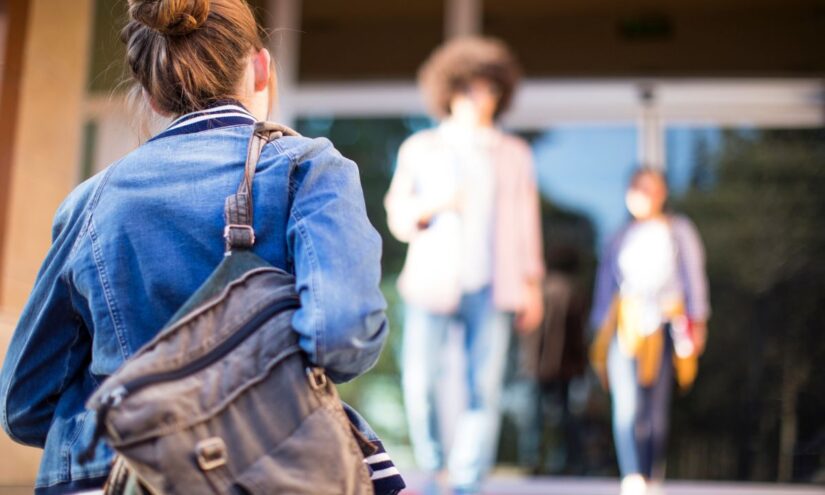During this summer, a team of students from MIT embarked on a journey to the sou …
Increase in Homelessness Among K-12 Students in Washington
Jennifer Livingstone

Last year, the number of students in Washington’s school system who experienced homelessness increased, according to a recent report.
Information from the Washington Office of Superintendent of Public Instruction indicates that during the 2022-2023 school year, 3.8% of the student population, equivalent to 42,436 students, were homeless.
This number is higher than the approximately 37,000 students in the 2021-2022 school year and the roughly 32,000 students in the previous year. The report mentions that remote learning policies during the COVID-19 pandemic presented challenges in identifying and serving these students in those years.
The increase in homeless students may be due to an overall increase in homelessness and school districts enhancing their tracking of these students, as stated by a spokesperson from OSPI’s Education of Homeless Children and Youth program. With additional federal funding available during the pandemic, districts found it easier to identify and support homeless students.
Identifying these students can enable districts to provide better assistance to them, as they are considered one of the more stable and supportive groups among those facing housing instability, according to the report.
“Schools provide a safe environment for children,” spokesperson Katy Payne noted. “It’s a consistent and reliable space for them.”
Under federal law, all school districts must report annually on the number of enrolled students experiencing homelessness. Nationally, there are 1.2 million homeless youth in public schools.
In Washington, 9% of Gender X students, who do not identify as male or female, are homeless. This contrasts with 3.9% of female students and 3.7% of male students who are homeless.
Over 12% of Native Hawaiian and other Pacific Islander students and more than 7% of American Indian/Alaskan Native students are experiencing homelessness.
Additionally, more than 87% of unaccompanied youth, those without a legal parent or guardian, are homeless.
The majority of homeless students, 76%, share housing with others due to housing loss or financial challenges. About 10% stay in shelters, while 6% live in hotels or motels. Nearly 7% are unsheltered, residing in cars, parks, campgrounds, or abandoned structures.
Students who are homeless often face academic struggles and are at a higher risk of dropout, suspension, or expulsion compared to their peers. They also exhibit higher absenteeism, lower test scores, and lower graduation rates, the report reveals.
Payne mentioned that there have been some improvements in these outcomes. “Districts now have a better grasp and increased awareness of the services they need to provide for students,” she remarked.
While the Office of Superintendent of Public Instruction manages state and federal grants for schools, local districts determine how to coordinate services such as free meals or special funding for low-income or homeless students.
One approach is to support a homeless education liaison who assists students in staying on the path to graduation and participating in extracurricular activities.
During the pandemic, many districts utilized federal grants to fund these liaisons and provide training for teachers to identify students facing housing instability.
As the funding from the pandemic era depletes, it may be necessary for the state Legislature or Congress to explore alternative funding sources for similar initiatives, according to OSPI.

